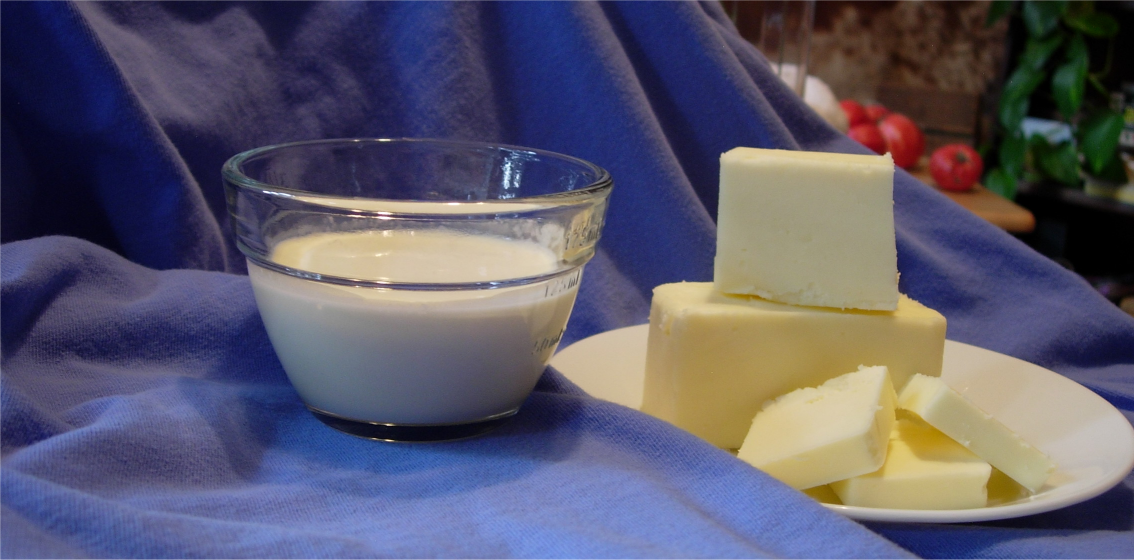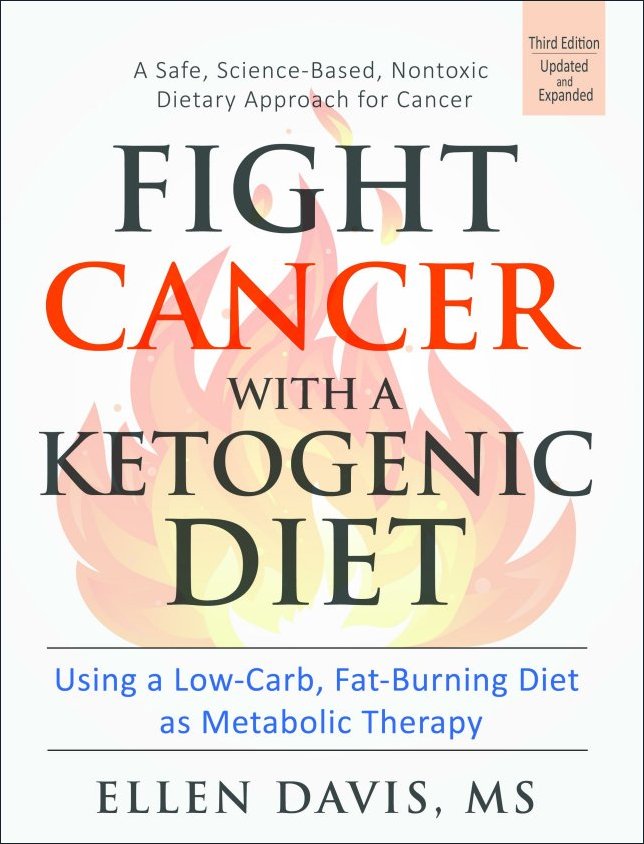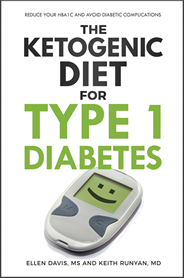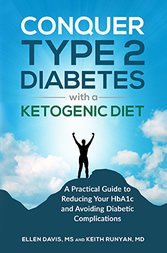Blood Triglycerides: How to Lower Them

Triglycerides are a type of saturated fat found in your blood. Your body uses them for energy when you are in a fasting state. You are in a fasting state when you go without food for long periods (for instance, while you are sleeping) or when you eat a very low carbohydrate diet. Your body will always burn any sugar (carbohydrates) you eat before it burns the fat in your body.
These fats are necessary for good health. But a high blood level is associated with heart disease and atherosclerosis and most importantly, is a sign of insulin resistance. Basically that means if yours are elevated, you are eating too much carbohydrate on a daily basis.
You can get a measure of your levels with a blood test. Here is a reference with which to compare your test results:
- Normal is less than 150.
- Borderline-high is 150 to 199.
- High is 200 to 499.
- Very high is 500 or higher.
More importantly, you should know the ratio of the levels of these fatty acid in your blood as compared to the levels of your HDL cholesterol levels. This ratio is expressed as T/HDL. This ratio should be close to 1:1 ideally. So for instance, here's a typical blood test result for a person on a low carb diet:
- Total Cholesterol: 219
- Total LDL: 140
- Total HDL: 61
- Triglycerides: 89
The T/HDL ratio is 89/61 = 1.46. This is good, but it can go lower. How would one do this?
How to Lower Triglycerides
Very simply, high triglyceride levels are caused by a high carbohydrate diet, and in particular, consuming sugars, and especially high fructose corn syrup (i.e. candy, cakes, cookies, sugared soda, juices and sports drinks) in large quantities will elevate the T/HDL ratio.
High levels of these blood fats are also associated with a condition known as non-alcoholic fatty liver disease or NAFLD. Rates of this liver disease in American adults and children have been climbing steadily over the last 30 years, and even thin people are developing it. See this paper. If NAFLD is left untreated, it can result in permanent liver inflammation, damage and life-threatening liver failure.
Switching to a low carb, high saturated fat diet, will quickly drop the levels of these fats to normal levels for most people.
Here’s a paper which supports that statement.
In my own experience, the more saturated fat I eat, and the lower my carbohydrate intake, the lower my T/HDL ratio. A high carb diet is also associated with elevated cholesterol, elevated blood glucose, elevated insulin, and is the primary cause of insulin resistance, all factors that effect your health as shown by blood test results.
Here's a story that demonstrates the power of cutting carbohydrate intake to lower triglycerides.
All of my books are available in electronic PDF, and now in paperback on Amazon!
 |
 |
 |
|
Buy paperbook on Buy paperback on Amazon Buy the e-Book via Paypal |
Buy paperback on Buy paperback on Amazon Buy the e-Book via Paypal |
Buy paperback on Buy paperback on Amazon Buy the e-Book via PayPal |